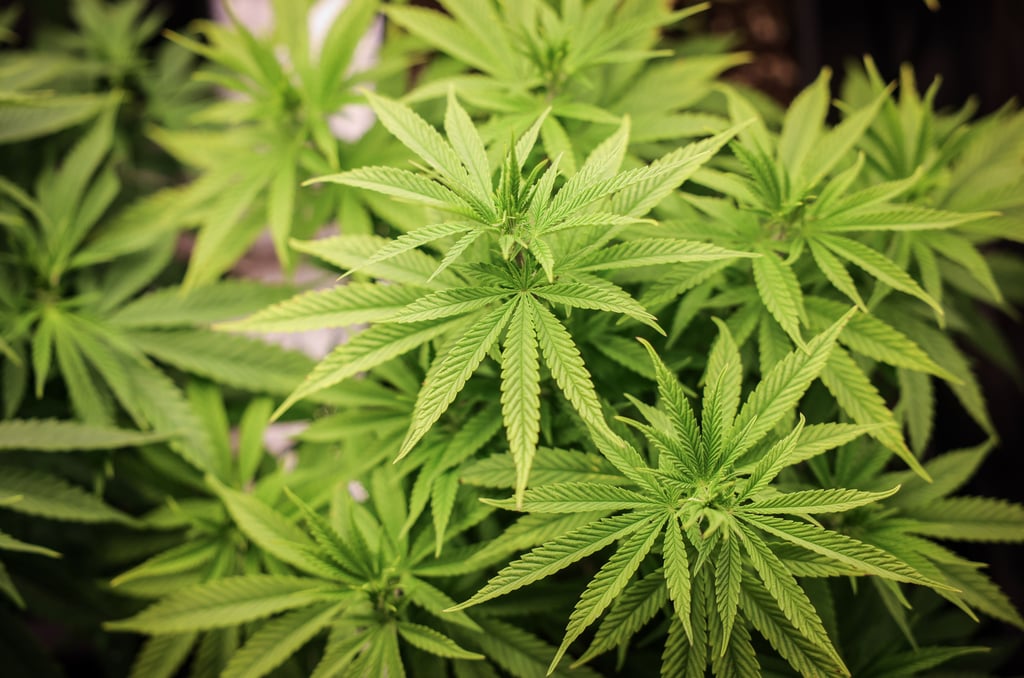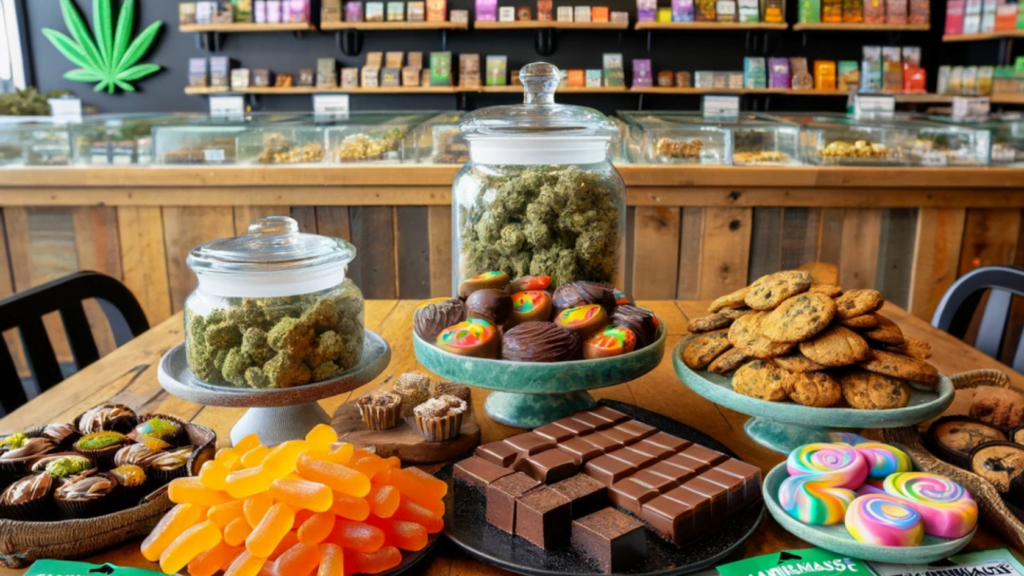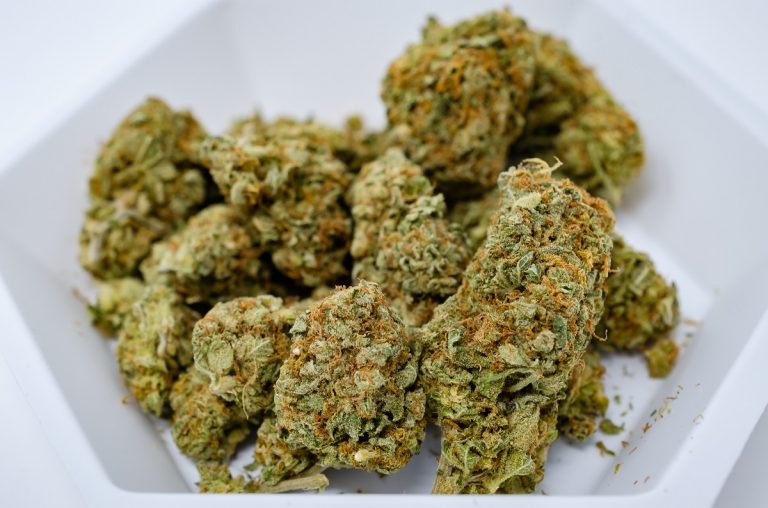
Majority of Young Adults Use Cannabis Weekly as an Alternative to Alcohol, Survey Reveals
The clink of glasses and the pop of beer cans are being drowned out by a quieter, smokier trend. A recent survey by Bloomberg Intelligence has revealed a striking shift: about three in four young adults in the United States are using cannabis at least once a week as an alternative to alcohol. This isn’t just a passing fad—it’s a seismic change in how a generation unwinds, socializes, and even thinks about intoxication. With 75% of young adults swapping shots for strains, the data points to a rethinking of recreational habits, driven by evolving perceptions, legalization, and a growing hemp product market. This 1000-word exploration dives into the why, how, and what’s next of this green revolution.
The Numbers Tell the Story
The Bloomberg Intelligence survey, published in March 2025, found that 74% of young adults aged 18–34 are reaching for cannabis weekly, often in place of alcohol. This aligns with a 2024 study in the journal Addiction, which reported that 17.7 million Americans used cannabis daily or near-daily in 2022, surpassing the 14.7 million who drank alcohol with similar frequency. For the first time, high-frequency cannabis use has overtaken high-frequency drinking, a trend particularly pronounced among younger demographics. A separate National Institute on Drug Abuse (NIDA)-supported survey from December 2024 further noted that young adults are nearly three times more likely to use cannabis daily than alcohol. These figures reflect a sharp departure from the occasional, party-centric weed use of decades past, as described by Carnegie Mellon researcher Jonathan Caulkins, who noted that cannabis is now a “daily habit” akin to cigarette smoking for many.
Why Cannabis? The Appeal of a Different High
So, what’s driving this shift? For starters, cannabis is increasingly seen as a safer bet. A YouGov poll from early 2025 found that 60% of Americans believe regular alcohol consumption is more harmful than regular cannabis use. This perception isn’t unfounded—alcohol is linked to liver disease, aggressive behavior, and 5.3% of global deaths, according to the World Health Organization. Cannabis, while not without risks, is often viewed as less physically destructive. Young adults like “B,” quoted in a CNN report, describe using cannabis gummies to “take the edge off” without the hangovers or social fallout of binge drinking. Edibles, vapes, and infused beverages offer a controlled, customizable high, unlike the unpredictable rollercoaster of alcohol. Plus, cannabis doesn’t carry the same calorie load as a night of cocktails, appealing to health-conscious Gen Z and Millennials.
The Legal Landscape Fuels the Fire
Legalization is the kindling for this blaze. As of 2025, 24 states and Washington, D.C., have legalized recreational cannabis, with 38 states allowing medical use. This accessibility has normalized cannabis, making it as easy to buy as a six-pack in many places. The Addiction study highlighted a 15-fold increase in daily cannabis use since 1992, correlating with loosening restrictions. Prices have plummeted, and potency has soared—Caulkins notes that modern products are far stronger than the joints of the ’80s. The hemp-based beverage market, in particular, is booming, with companies like Curaleaf and Tilray expanding into THC-infused seltzers and mocktails. Bloomberg Intelligence predicts this market could challenge soft drink giants, as young adults sip cannabis drinks at bars or parties, sidestepping alcohol’s stigma.
Health Risks: Not All Smoke and Mirrors
But it’s not all rosy. Cannabis isn’t a harmless herb, and experts are quick to point out its downsides. The CDC warns that cannabis use before age 25 can impair brain development, affecting memory, learning, and attention. A February 2024 study linked daily marijuana use to a 42% increased stroke risk and a 25% higher chance of heart attack, even in non-smokers. Cannabis use disorder, affecting roughly 30% of users, is another concern, with symptoms like cravings and withdrawal. Smoking cannabis, as opposed to edibles or tinctures, carries respiratory risks similar to tobacco. Dr. Peter Grinspoon, a cannabis specialist, emphasizes that no doctor recommends smoking marijuana except in extreme cases, like chemotherapy-induced nausea. Yet, the same Addiction study noted that alcohol’s harms—like addiction and social consequences—are often perceived as more severe, giving cannabis a relative edge.

A Social Scene Redefined
The social implications are fascinating. Bars and clubs, once alcohol’s domain, are adapting. Cannabis lounges are popping up in cities like Denver and Los Angeles, offering a chill vibe where patrons puff or sip THC-infused drinks. These spaces cater to a generation that values mindfulness over mayhem. A Gallup survey from 2023 found that 74% of Americans view cannabis as less harmful than alcohol, and this sentiment is reshaping nightlife. Young adults are also drawn to cannabis’s versatility—whether it’s a low-dose edible for a movie night or a vape for a concert, it fits diverse settings without the sloppy edge of drunkenness. Posts on X echo this, with users praising cannabis for “no hangovers, no fights, just vibes.” Meanwhile, alcohol’s image is taking a hit, with 39% of Americans in a 2023 Gallup poll calling moderate drinking unhealthy, up 11 points since 2018.
The Economic Ripple Effect
Economically, this trend is a game-changer. The cannabis industry, valued at $28 billion in 2024, is projected to hit $40 billion by 2030, per Statista. Jobs in cultivation, retail, and product development are surging, especially in states like Colorado and California. Alcohol sales, meanwhile, are feeling the pinch—a Canadian study from 2022 linked legalization to a decline in beer sales, and U.S. brewers are scrambling to launch non-alcoholic or THC-infused alternatives. Major multi-state operators are betting big on cannabis beverages, with Bloomberg Intelligence warning that soft drink giants like Coca-Cola may need to jump in or risk losing market share. However, regulatory risks loom—lawmakers could crack down on hemp-derived THC, disrupting this fledgling market.
What’s Next for the Green Generation?
As cannabis cements its place in young adult culture, the future looks hazy but promising. Public health campaigns will need to balance education about risks with acknowledgment of cannabis’s appeal. Policies must evolve, as Caulkins urges, to reflect this “big change in intensity” from occasional to habitual use. Innovations like precise dosing and safer consumption methods could mitigate harms. Meanwhile, alcohol companies may pivot harder into cannabis or non-alcoholic offerings to stay relevant. For young adults, this shift is about choice—choosing a high that aligns with their values, lifestyles, and wallets. Whether it’s a gummy at a game night or a joint at a jam session, cannabis is no longer just a drug; it’s a cultural cornerstone. As the smoke clears, one thing is certain: the days of alcohol’s unchallenged reign are over.
Discover premium cannabis wholesale products with D Squared WorldWide, your trusted partner in the booming cannabis industry. Our lab-tested THC flower, THCA bulk flower, and nano-powered CBD formulations offer unmatched quality and potency, perfect for building your brand without cultivation costs. With the global cannabis market projected to hit $73.6 billion by 2027, seize this opportunity to elevate your offerings with our customizable white label solutions. Ensure compliance, transparency, and consumer trust with D Squared WorldWide. Schedule a call today to unlock your brand’s potential and thrive in the competitive cannabis market
Reference:
1. Harrell, M., Clendennen, S., Sumbe, A., Case, K., Mantey, D., & Swan, S. (2022). Cannabis vaping among youth and young adults: a scoping review. Current Addiction Reports, 9(3), 217-234. https://doi.org/10.1007/s40429-022-00413-y
2. Leung, J., Chan, G., Stjepanović, D., Chung, J., Hall, W., & Hammond, D. (2022). Prevalence and self-reported reasons of cannabis use for medical purposes in usa and canada. Psychopharmacology, 239(5), 1509-1519. https://doi.org/10.1007/s00213-021-06047-8
Nadareishvili, I., Rao, S., Otiashvili, D., Gnatienko, N., Samet, J., Lunze, K., … & Kirtadze, I. (2024). Post‐legalization shifts in cannabis use among young adults in georgia—a nationally representative study. Addiction, 120(2), 335-346. https://doi.org/10.1111/add.16688



